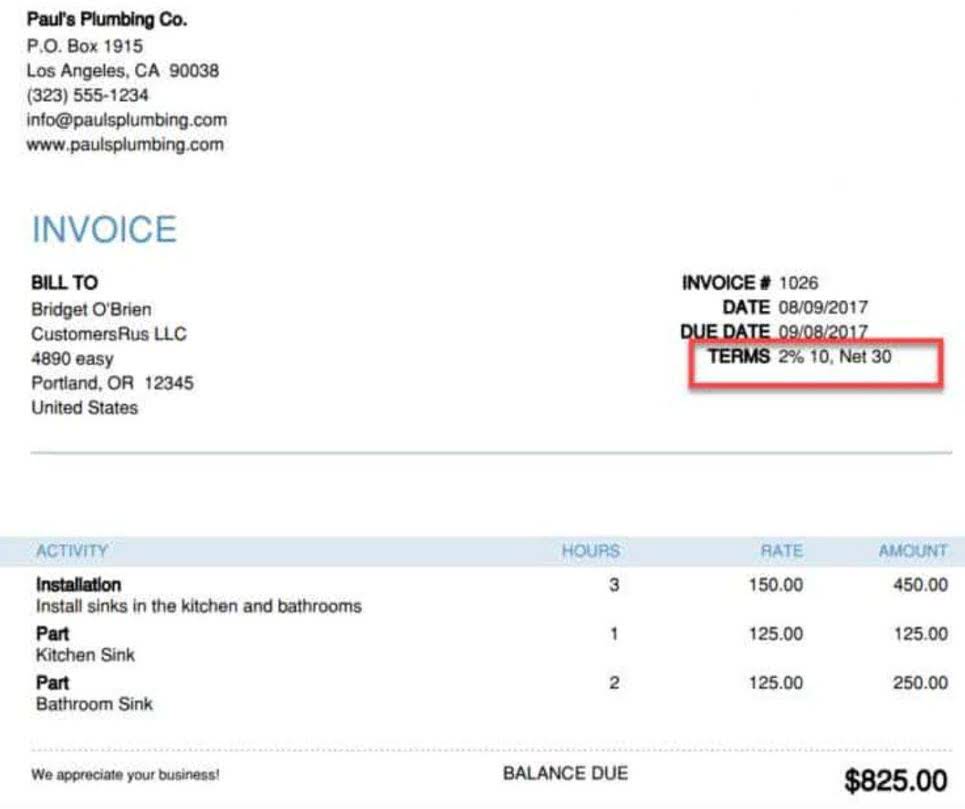29 Jul RAPID® Decision Making Bain & Company

I like defining each of those values either through consensus or as an average of involved people’s votes. People tend to be more accepting of their preferred options being deprioritized if they had a say in all votes. I’m a strong advocate of the idea that the main value a product manager brings to the team is decision-making. By centralizing risk-taking and assessment to a single individual, you should, in theory, get faster reactions to change and a higher degree of mitigation. The fifth context, disorder, applies when it is unclear which of the other four contexts is predominant. The way out is to break the situation into its constituent parts and assign each to one of the other four realms.

Finding more than one possible alternative is important when it comes to business decision-making, because different stakeholders may have different needs depending on their role. For example, if a company is looking for a work management tool, the design team may have different needs than a development team. decision making framework Choosing only one solution right off the bat might not be the right course of action. One of the first fixes that Everingham and his team made was instituting a RACI model for assigning roles and making decisions. Commonplace in consulting, it’s a tool that lends itself well to the world of startups.
A Framework for Leaders Facing Difficult Decisions
This process could include brainstorming or some other ‘idea-generating’ process. The creative decision making model involves collecting information and insights about a problem and coming up with potential ideas for a solution, similar to the rational decision making model. While most decision making models revolve around the same seven steps, here are a few different methodologies to help you make a good decision. If you can, try and find options that go beyond just the alternatives presented. The following seven step process is intended for challenging decisions that involve multiple stakeholders, but this process can be used for something as simple as what cereal to pour into your breakfast bowl in the morning. At work, decisions aren’t as simple as choosing what kind of milk you want in your latte in the morning.
- There are plenty of other options spread across the internet for you to dive into, such as RACI, SPADE, Xanax, or even A/B testing.
- When the roles involved in decisions are clearly delineated, teams and organizations make the right choices.
- If something does go wrong, and you need to revisit the decision, then do.
- There might be grumbling or disagreements, but this is the moment when you explicitly become the owner of the decision,” says Rajaram.
Respondents from 14 out of the 25 Dutch EMS organisations were represented in the sample. The majority of the respondents were male (63.6%) with a mean age of 45.5 (± 9.3) years, see Table 2. The respondents’ most common EMS professional background was nursing (80%). If you’re asked to log in with an OHID – the state’s https://www.bookstime.com/ best-of-breed digital identity – your privacy, data, and personal information are protected by all federal and state digital security guidelines. Often there will not be an answer that pleases everyone and so it is our responsibility to ensure that our processes for decision-making are fair and legitimate.
How to Design Your Decision-Making framework?
Have you documented the beliefs that guide how you make those decisions? When a startup team is small and more or less in sync, most choices can be decided by the founding team. But as your team scales, and as you hit unprecedented new milestones, you’ll feel like you the guidelines on what makes a “good decision” start to blur. You should also start slow when you’re ready to get started so the process doesn’t stall.
According to a study by McKinsey, managers at a typical Fortune 500 company waste more than 500,000 days a year on ineffective decision-making. The more diverse your team, the better their decisions, so it pays to empower all your team members to make decisions autonomously. Once this is achieved, identifying the problem areas from the rest and identifying patterns in the problem are the next steps. A decision-making framework is all about cause and effect analysis and pinning down on the best possible outcome, given the situation. There are various ways to arrive at a decision, and these ‘ways’ are the decision-making frameworks. The OODA Loop is a valuable framework for decision-making in dynamic and uncertain environments.
Step 5: Choose among the alternatives
These are all the possible choices that you have, and you can start eliminating the wrong choices from here. Listing out all possible outcomes is a good start in the direction of the right decision. Imagining that the decision you are taking is a failure and asking yourself why it was a failure is an excellent way to work backward. Most of the time, people approach problems only from a forward-thinking perspective.
The agree (A) role must agree that the final recommendation is feasible to bring forward to the decision maker; their input must be reflected in the proposal. Agree roles are assigned sparingly and may not be needed for all decisions. The agree role ensures the recommendation meets specific mandatory requirements, such as legal or regulatory requirements, and provides their input to the recommender. The agreer collaborates with the recommender early on to develop a viable recommendation. If the recommend role and the agree role cannot reconcile their views, the decide role will make the final call.
Share this article
When helping a friend, colleague or client to reach a decision, in most circumstances the final decision and responsibility will be taken by them. These questions are all common goal setting techniques that will ultimately help you come up with possible solutions. When the problem is clearly defined, you then have more information to come up with the best decision to solve the problem. In this ebook, learn how to equip employees to make better decisions—so your business can pivot, adapt, and tackle challenges more effectively than your competition. There’s a lot more wisdom on making and executing high-quality decisions where that came from, such as this piece on how Adobe’s Director of Product Marketing navigates the paradox of choice, and this compelling case for trusting your gut. Read on for how Rajaram uses the SPADE framework to help synchronize and speed up collaboration over difficult choices.

But if a team is working together through a suggestion, Shklarski suggests writing it on a whiteboard or in a Google Doc that everyone can see and collaborate. Read more from Stripe’s COO on the steps startups need to take to grow sustainably. The journey from a project-centric to product-centric organization is an important one.


No Comments